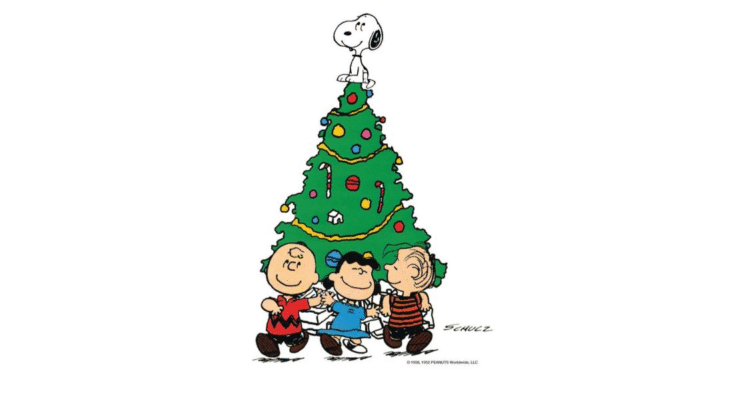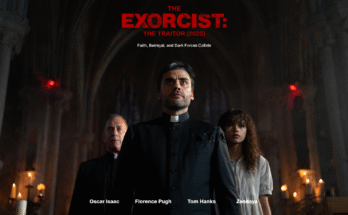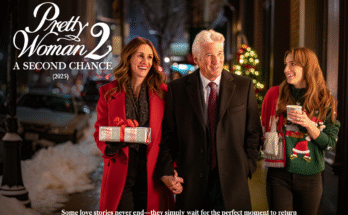There are few stories that capture the quiet ache and gentle wonder of the holiday season like A Charlie Brown Christmas. Sixty years after Charles M. Schulz’s beloved special first taught us that the spirit of Christmas can’t be bought or sold, the 2025 reimagining breathes new warmth into that timeless truth. With luminous animation, a tender new score, and a script that honors the simplicity of its origins, this modern adaptation doesn’t try to outshine the original — it simply lets the same light glow brighter.
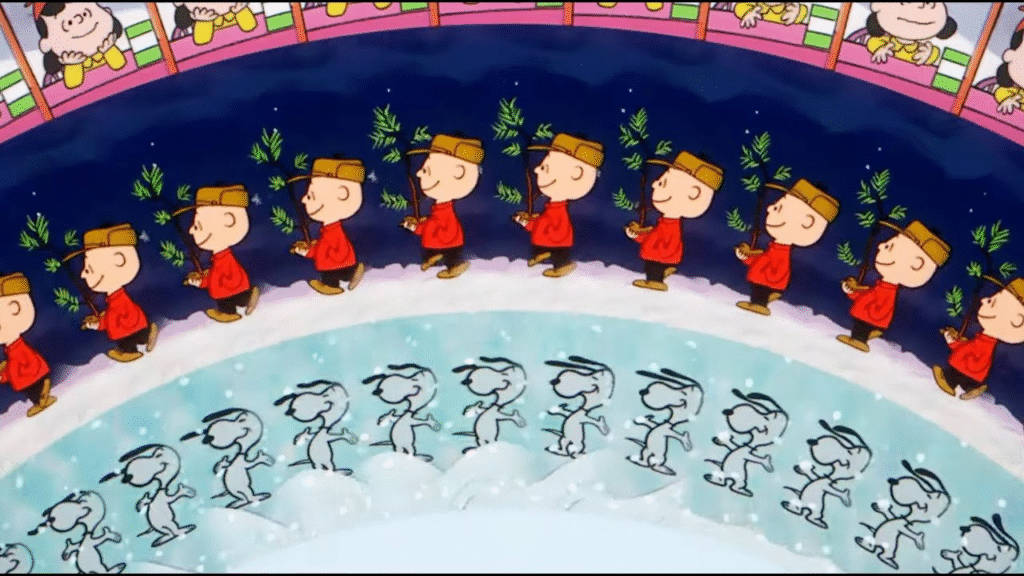
From its opening frame, the new A Charlie Brown Christmas feels like coming home. Snow falls in soft, painterly flakes as Vince Guaraldi’s iconic jazz melodies float through the air, now enriched with lush orchestral layers that deepen the nostalgia without drowning it. Charlie Brown, voiced with gentle melancholy by newcomer Miles Henderson, once again faces the season’s familiar conflict: surrounded by tinsel, wish lists, and holiday pressure, he can’t seem to feel the joy everyone else pretends to have.
The animation is a revelation — hand-drawn textures meet subtle digital flourishes, giving every frame a glow of warmth and intimacy. It’s the kind of visual poetry that feels alive yet timeless, like a snow globe come to life. The Peanuts gang has never looked better: Snoopy’s antics dance with mischievous energy, Lucy’s bossy charm still stings with affection, and Linus, clutching his blue blanket, continues to be the quiet soul of the story.
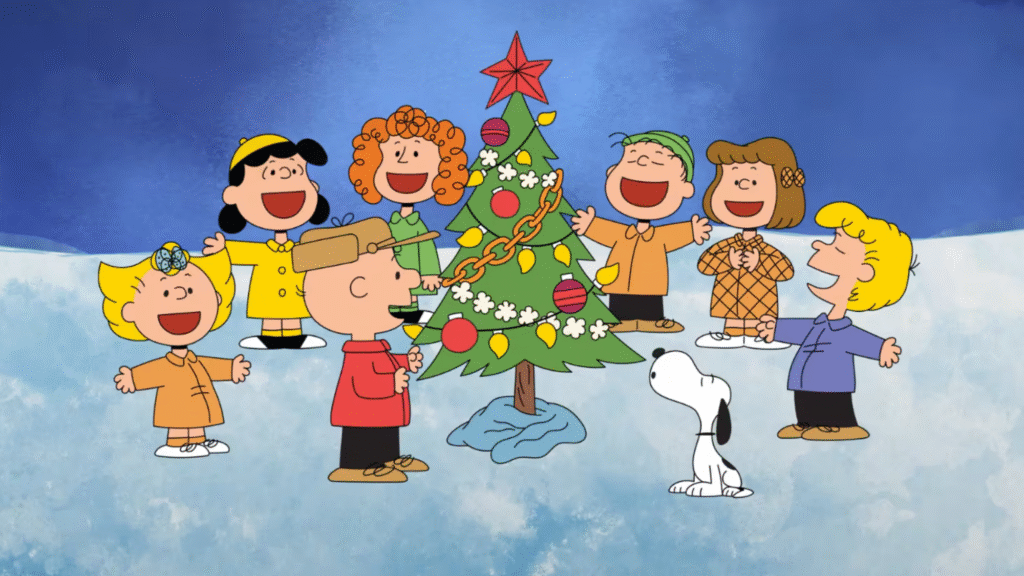
Director Domee Shi (Turning Red) approaches the material with reverence and restraint. She doesn’t modernize for the sake of it — she humanizes. The story remains faithful: Charlie Brown’s desperate attempt to direct the school play, his tiny, fragile Christmas tree, and his search for meaning in a world obsessed with sparkle. Yet, through subtle touches — a smartphone left unused, a silent snowfall outside a lonely window — the film speaks gently to our modern disconnection. It’s a story that feels timeless because it still hurts, and heals, in all the same ways.
The heart of the special beats strongest when Linus delivers his iconic monologue about the true meaning of Christmas. Here, the scene is staged with breathtaking simplicity — a single spotlight, falling snow, the faint echo of a piano in the background. It’s not just nostalgia; it’s reverence. In that moment, the film remembers what made A Charlie Brown Christmas endure: not sentimentality, but sincerity.
Scarlett Johansson lends her voice as the narrator, guiding the audience through Charlie Brown’s quiet journey with a warmth that feels both maternal and wistful. Her tone evokes bedtime stories told beside a flickering tree — familiar, safe, and tinged with sadness. Through her narration, the film bridges generations, speaking not only to children but to the adults who grew up wondering, just like Charlie Brown, why happiness sometimes feels so hard to find during the happiest time of year.
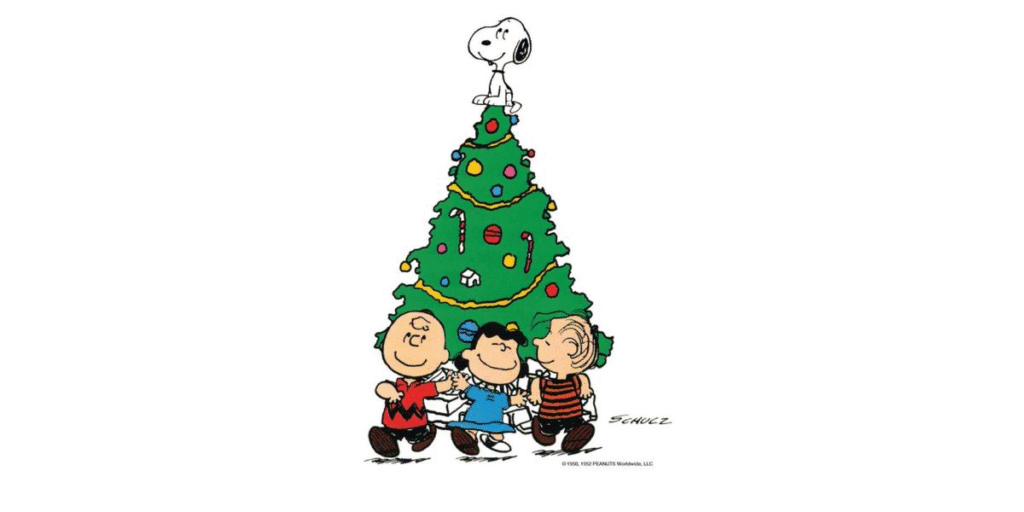
The music, composed by Alexandre Desplat, honors Vince Guaraldi’s jazz with deep affection while expanding it into symphonic elegance. “Christmastime Is Here” returns, tender as ever, but woven into a larger suite of melodies that swell with emotion and memory. It’s a score that invites both tears and peace — a rare balance of melancholy and magic.
What’s most striking about this version is its emotional honesty. It doesn’t chase spectacle or humor; it lingers in stillness. It allows moments of loneliness to breathe, moments of joy to unfold naturally. In a culture of noise and endless celebration, A Charlie Brown Christmas (2025) dares to pause — to let us remember that love, kindness, and connection are the quietest miracles of all.
